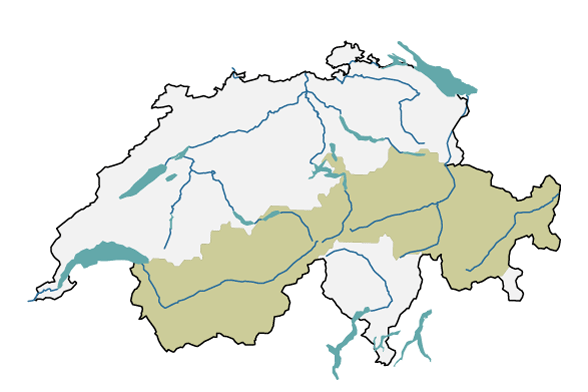The major region of the Alps consists of the mountainous area from Great St Bernard in the canton of Valais all the way across to Samnaun in the canton of Graubünden at the eastern end of Switzerland. This page provides insights into today’s climate in the Alps, as well as detailed information about possible changes in the future.

Last modification 07.09.2023





